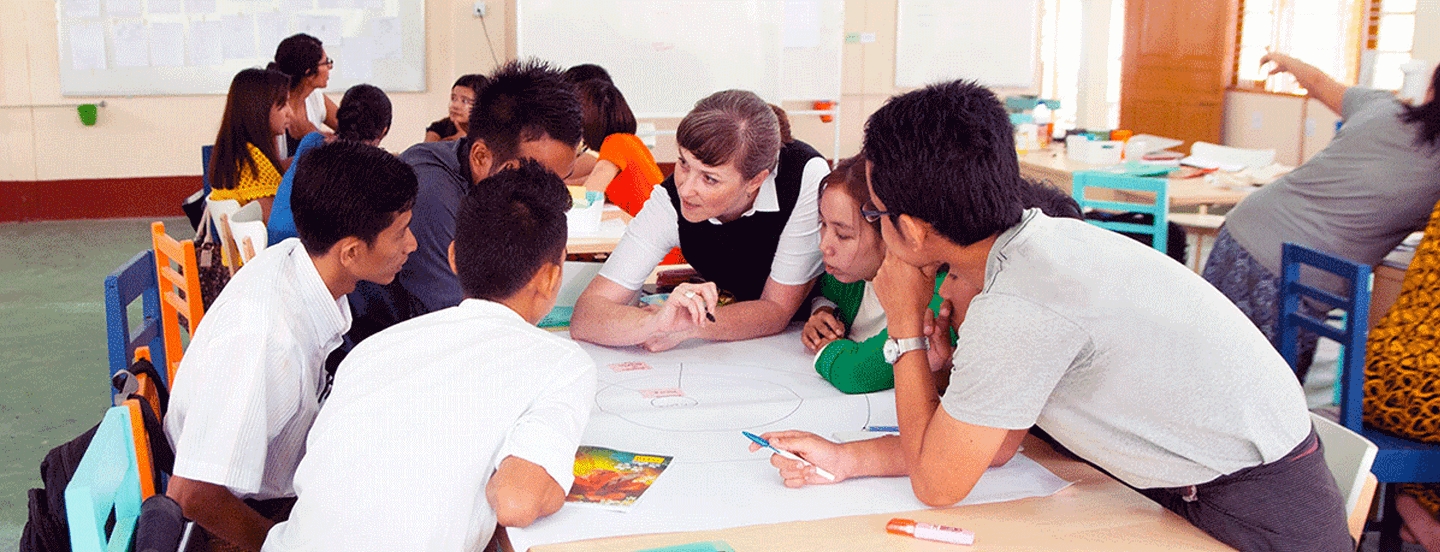
Empowering Communities, Creating Citizens
In the book, Global Competence: 50 Training Activities for Succeeding in International Business, we learn that there are at least 66 ways that we as humans differ. From what we value to how time is understood, this vast set of differences is a reminder that it can be difficult to find a means to align on a shared goal when seeking to make a change in our communities or organizations. During our experiences working with various groups, companies and organizations across the globe, frogs have found themselves continually challenged with how to overcome these differences.
Since we’re always asking ourselves how to arrive at a workable solution, there seems to be a range of responses that can emerge:
Give the group a solution
This response reduces focus on the differences and could improve the situation, but may not ensure sustainable growth over time.
Put the tools in the hands of the community and let them self-organize to drive and own their solution for change
This is a great idea if you have a process of engagement. Our work with pointB Design Thinking Centre for Community Engagement has highlighted how the second option is a powerful way to empower a community and create a new type of citizen. Citizenship, a broad topic at the best of times, holds a shared set of structures that permits engagement or a path to follow. Finding the right process and path, while often challenging, is more likely to yield solutions that can last. In many cases, what can be more important than the solutions themselves are ways the process can create more participatory citizens who own the solutions. Over the past six months, pointB’s community incubator has taken advantage of accessing the tools in frog’s Collective Action Toolkit and turning the outcomes into an opportunity to develop stronger citizens in Myanmar: “improving local governance in Myanmar calls for a deeper understanding of interrelated issues and the ability to think strategically about how to respond to the needs of citizens” and because of this, “the tools [in the CAT] provide structure and stability in a process that can be quite complex and confusing.” pointB is one group that is pursuing a means to grow more engaged citizens. We recently surveyed a set of our users who have worked with the Collective Action Toolkit and received many stories of how this type of structure can provide the path for engagement, even at the most basic level. We believe that when we have a path for engagement we can better understand each other and the ecosystem we’re trying to impact.

Kara Pecknold is a Vice President of Regenerative Design at frog. For 20+ years, she has been supporting her clients to transform their products, services, teams and business models. As a global lead of sustainability within the Capgemini Group, she works at the intersection of people and planet by marrying creativity with science to better shape the future of the Next Economy organization.
We respect your privacy
We use Cookies to improve your experience on our website. They help us to improve site performance, present you relevant advertising and enable you to share content in social media. You may accept all Cookies, or choose to manage them individually. You can change your settings at any time by clicking Cookie Settings available in the footer of every page. For more information related to the Cookies, please visit our Cookie Policy.
Our Studios


